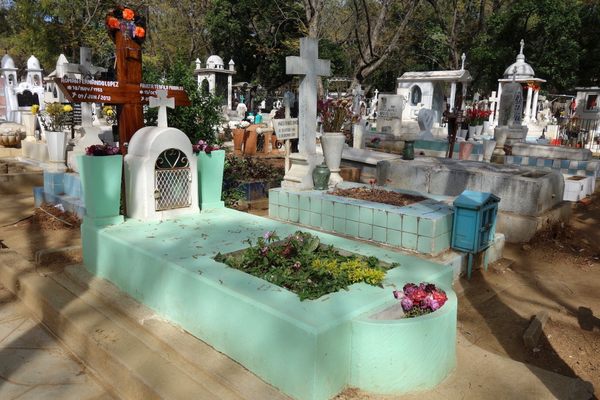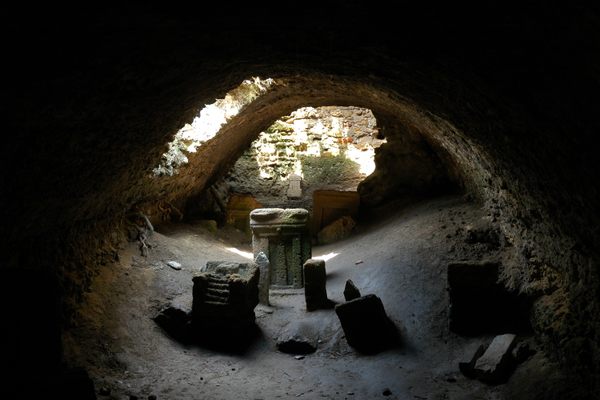About
There is a place on the outskirts of Budapest that is more similar to Sleepy Hollow than the city you may imagine. It's called Cinkota, and used to be a lovely little agricultural village a short distance from the buzz of the city. An old, forgotten cemetery obscured by tangles of plants and the passage of time preserves bits of the neighborhood’s past.
The thickets of flora make the cemetery feel invisible, like it’s lost within a secret, savage garden that grows in the shadow of a centuries-old church. Prolific greens and the roots of old trees crawl atop the marble tombstones. Insects chirr and various birds tweet, a lazy cat yawns and licks its coal-black fur comfortably in a lap of a statue of an angel.
It’s easy to forget it’s a cemetery at all, that is until you notice the graves speckled among the leaves. Many of the graves have sunken into the earth and have been engulfed by nature. Only a few tombstones defy time and still stand, though they are cracked and broken.
Some graves are so aged it’s impossible to read the names and dates etched into them. A few of the newer markers have pictures on them, images of people in traditional clothing that were captured by a camera then burned into the stone.
Exploring the area around the cemetery also feels like entering a different time. Cinkota still has the atmosphere of a village, even though it’s been swallowed by Hungary’s capital city. Chickens and ducks peck the ground in the backyards of houses capped with red-tiled roofs and historical homes from different eras line the crooked streets.
Related Tags
Know Before You Go
Entry is free. Open hours: always. And maybe forever.
Published
April 19, 2018
























































